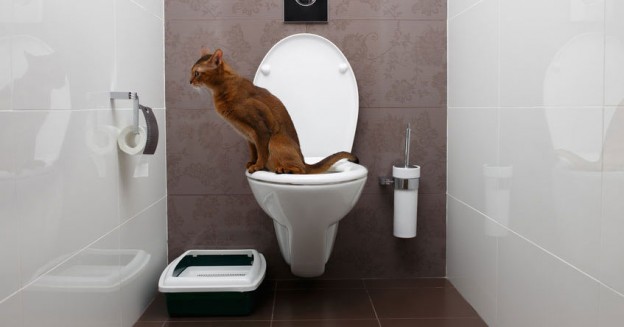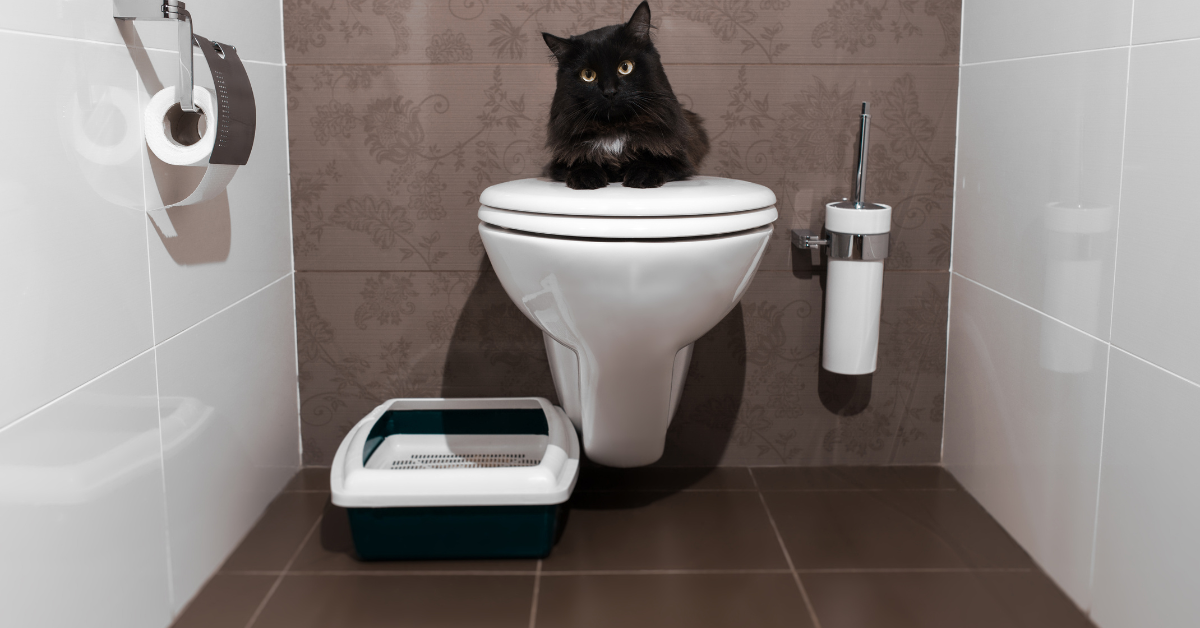In this article down the page you might get more decent additional info concerning How to Dispose of Cat Poop and Litter Without Plastic Bags.

Introduction
As cat proprietors, it's necessary to be mindful of just how we take care of our feline buddies' waste. While it might seem hassle-free to flush feline poop down the commode, this practice can have destructive consequences for both the atmosphere and human wellness.
Environmental Impact
Flushing feline poop presents unsafe pathogens and parasites into the water system, posturing a substantial threat to aquatic communities. These contaminants can negatively influence aquatic life and compromise water high quality.
Health Risks
In addition to ecological issues, flushing feline waste can also posture health and wellness threats to humans. Pet cat feces may have Toxoplasma gondii, a bloodsucker that can trigger toxoplasmosis-- a possibly serious health problem, particularly for expectant females and individuals with damaged immune systems.
Alternatives to Flushing
Fortunately, there are safer and a lot more liable means to dispose of cat poop. Take into consideration the adhering to options:
1. Scoop and Dispose in Trash
One of the most usual method of throwing away cat poop is to scoop it into a biodegradable bag and throw it in the trash. Make sure to make use of a devoted litter inside story and get rid of the waste promptly.
2. Use Biodegradable Litter
Select eco-friendly pet cat clutter made from materials such as corn or wheat. These clutters are environmentally friendly and can be securely gotten rid of in the trash.
3. Bury in the Yard
If you have a lawn, consider burying feline waste in a marked location away from vegetable yards and water sources. Be sure to dig deep sufficient to avoid contamination of groundwater.
4. Mount a Pet Waste Disposal System
Purchase a family pet waste disposal system especially created for feline waste. These systems use enzymes to break down the waste, lowering smell and environmental impact.
Conclusion
Liable family pet possession prolongs beyond offering food and sanctuary-- it likewise entails proper waste administration. By avoiding flushing cat poop down the toilet and selecting alternative disposal techniques, we can reduce our environmental impact and protect human health and wellness.
Why Can’t I Flush Cat Poop?
It Spreads a Parasite
Cats are frequently infected with a parasite called toxoplasma gondii. The parasite causes an infection called toxoplasmosis. It is usually harmless to cats. The parasite only uses cat poop as a host for its eggs. Otherwise, the cat’s immune system usually keeps the infection at low enough levels to maintain its own health. But it does not stop the develop of eggs. These eggs are tiny and surprisingly tough. They may survive for a year before they begin to grow. But that’s the problem.
Our wastewater system is not designed to deal with toxoplasmosis eggs. Instead, most eggs will flush from your toilet into sewers and wastewater management plants. After the sewage is treated for many other harmful things in it, it is typically released into local rivers, lakes, or oceans. Here, the toxoplasmosis eggs can find new hosts, including starfish, crabs, otters, and many other wildlife. For many, this is a significant risk to their health. Toxoplasmosis can also end up infecting water sources that are important for agriculture, which means our deer, pigs, and sheep can get infected too.
Is There Risk to Humans?
There can be a risk to human life from flushing cat poop down the toilet. If you do so, the parasites from your cat’s poop can end up in shellfish, game animals, or livestock. If this meat is then served raw or undercooked, the people who eat it can get sick.
In fact, according to the CDC, 40 million people in the United States are infected with toxoplasma gondii. They get it from exposure to infected seafood, or from some kind of cat poop contamination, like drinking from a stream that is contaminated or touching anything that has come into contact with cat poop. That includes just cleaning a cat litter box.
Most people who get infected with these parasites will not develop any symptoms. However, for pregnant women or for those with compromised immune systems, the parasite can cause severe health problems.
How to Handle Cat Poop
The best way to handle cat poop is actually to clean the box more often. The eggs that the parasite sheds will not become active until one to five days after the cat poops. That means that if you clean daily, you’re much less likely to come into direct contact with infectious eggs.
That said, always dispose of cat poop in the garbage and not down the toilet. Wash your hands before and after you clean the litter box, and bring the bag of poop right outside to your garbage bins.
https://trenchlesssolutionsusa.com/why-cant-i-flush-cat-poop/

I'm certainly very curious about Don’t flush cat feces down the toilet and I'm hoping you liked the new page. Are you aware of another person who is fascinated about Can You Flush Cat Poop Down The Toilet?? Why not share it. I value reading our article about How to Dispose of Cat Poop and Litter Without Plastic Bags.
Details Here